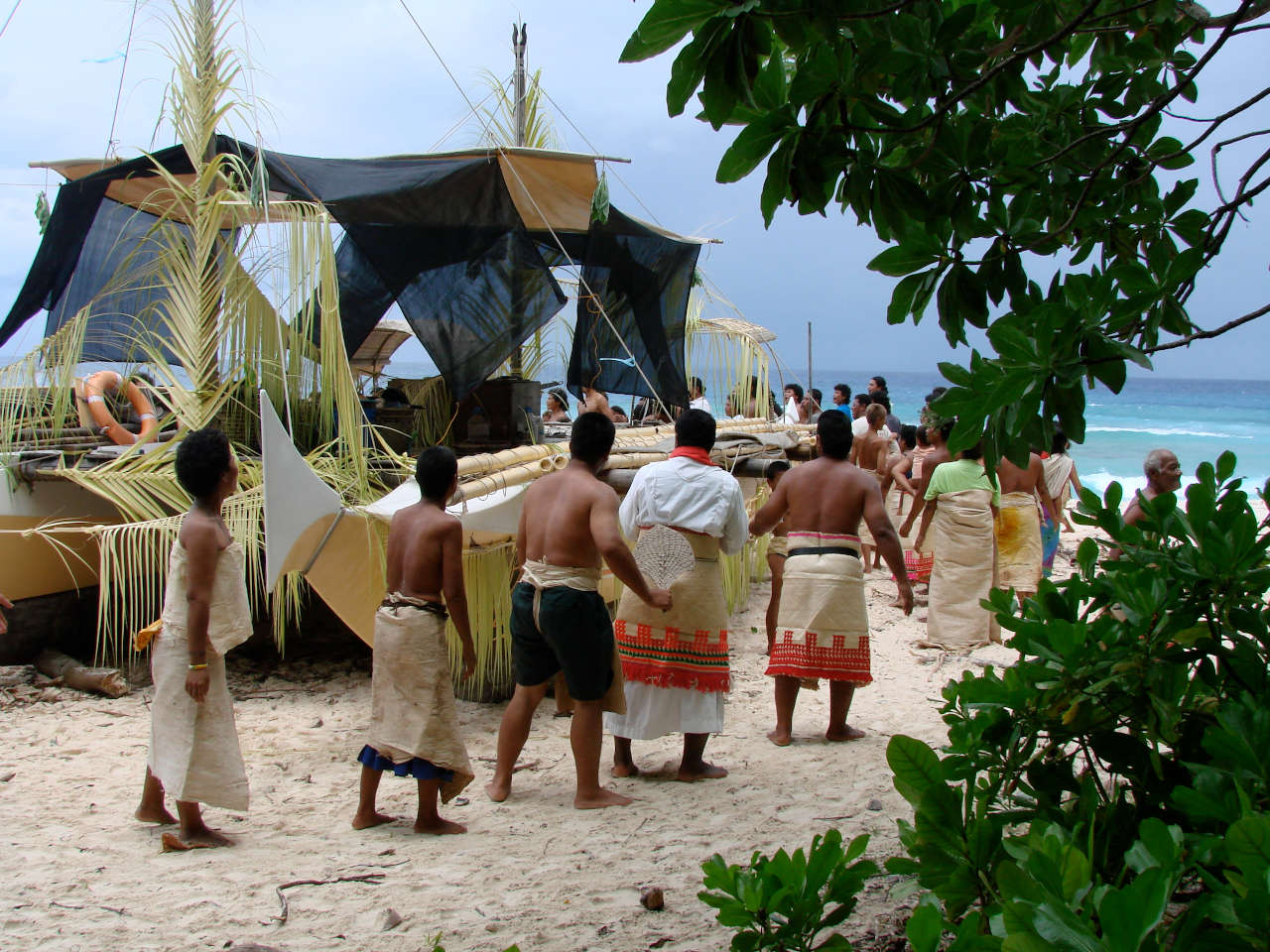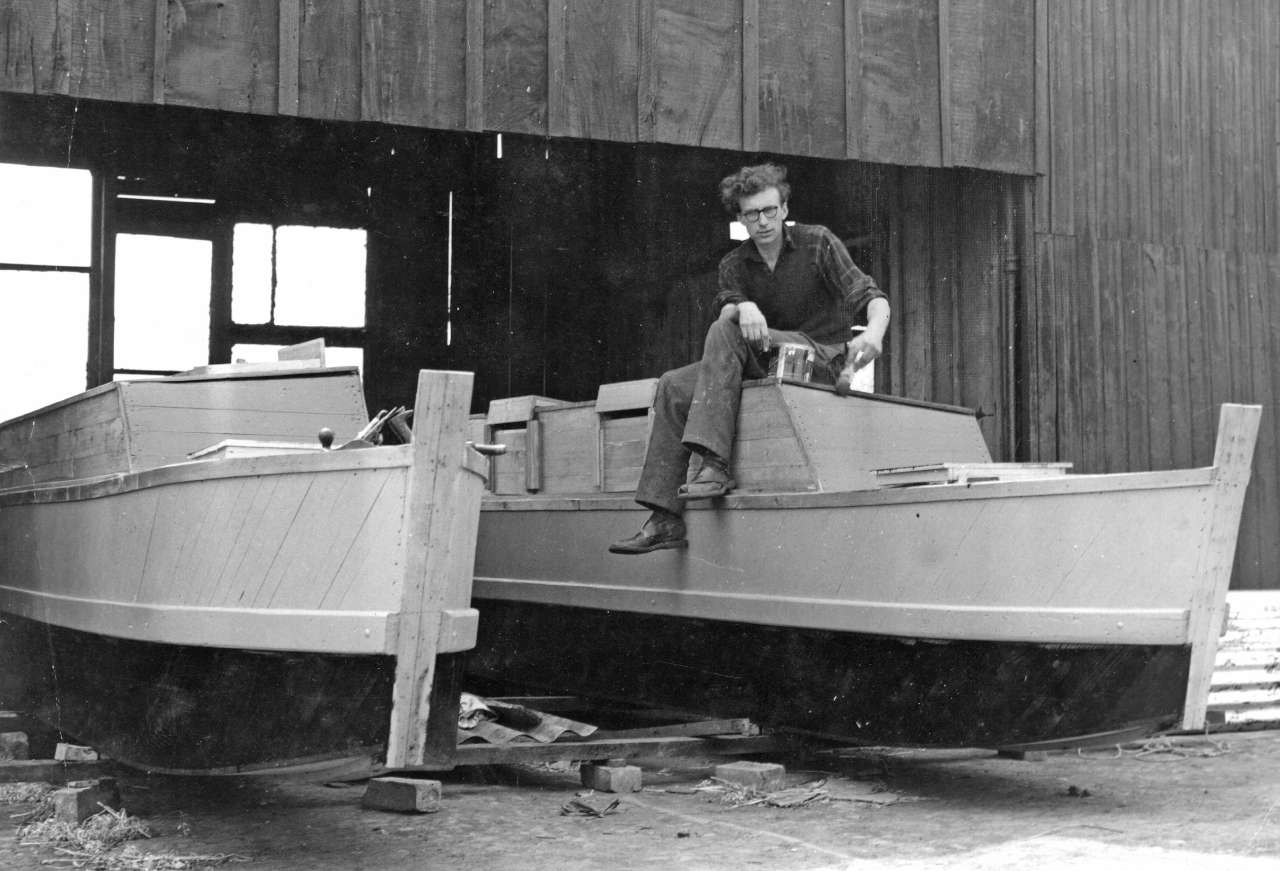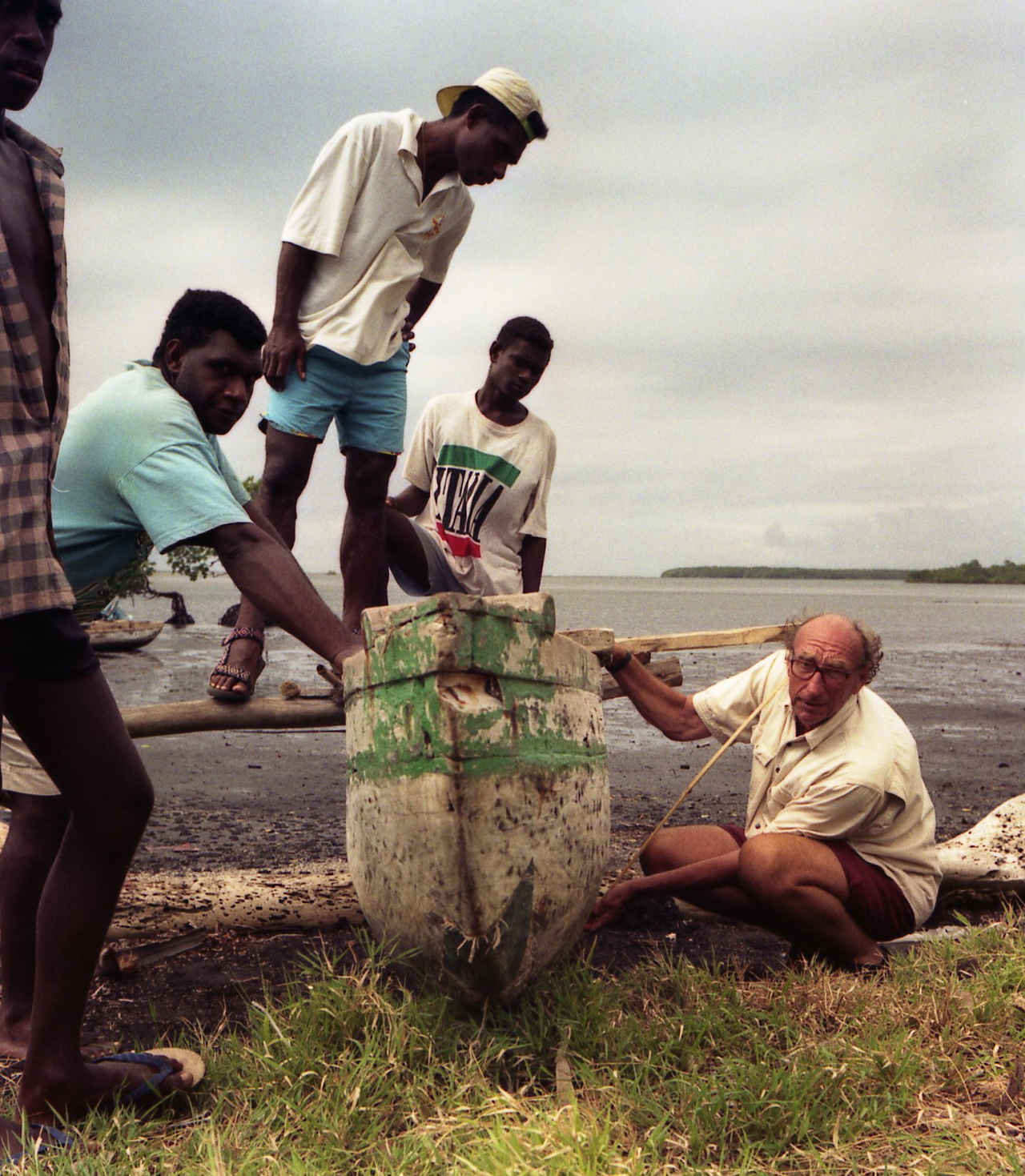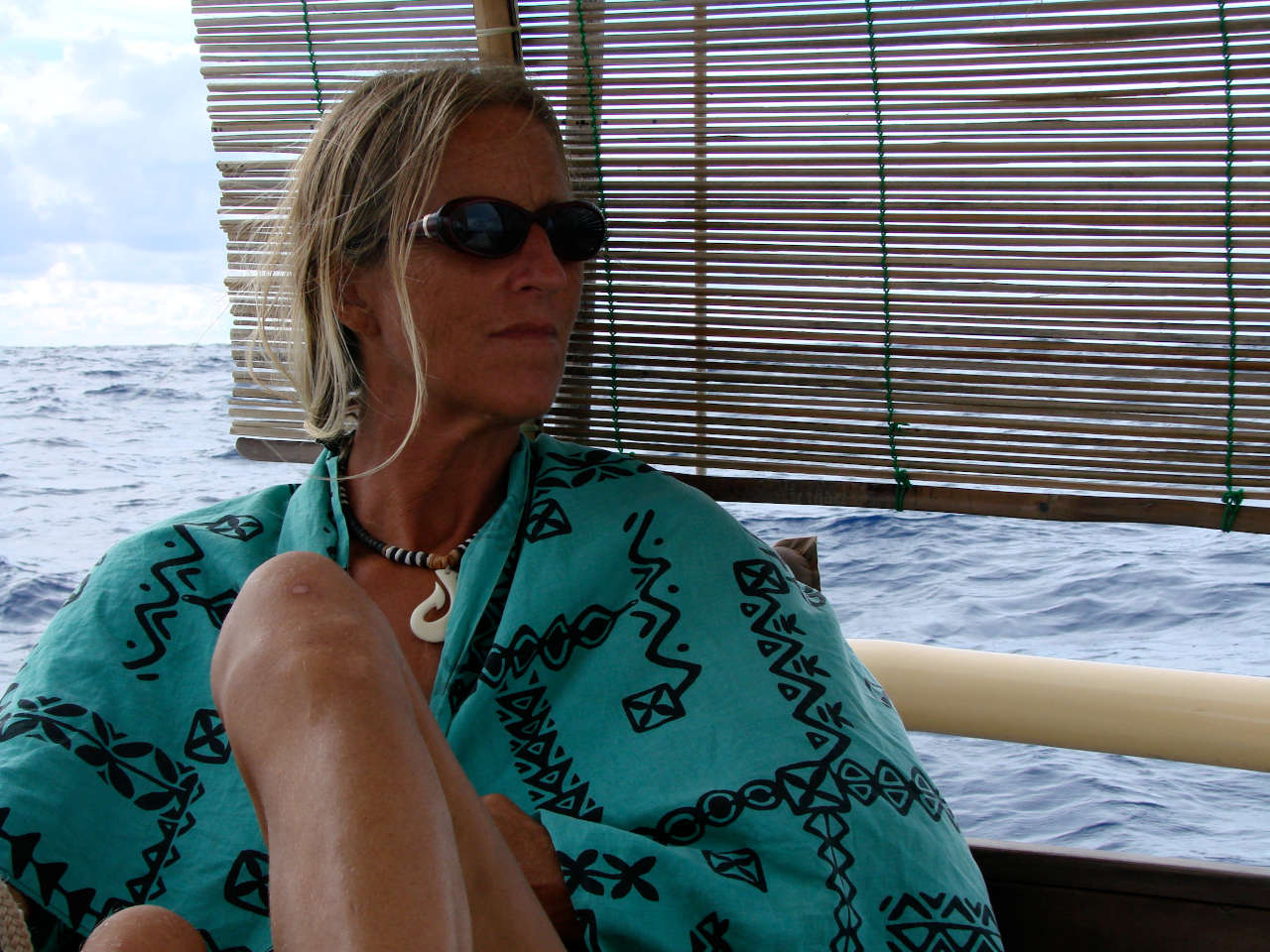
This month of May in America is 'Pacific Islander History Month' and we at James Wharram Designs would like to join in and celebrate alongside them! As you may know, double canoes/catamarans are of ancient Polynesian origin. The modern day catamaran is a direct descendent of these original ocean-going vessels. At Wharram Designs we have always been inspired by Pacific sea culture and strive to bring these incredible boats and their innate design qualities to the forefront of the sailing world.
Our Roots
James Wharram from a very young age would go to his local library in Manchester to sit and read books about Polynesia. It was his favourite place to go during WW2 England - a place he could escape the cruelty of war in the writings of adventurers and ocean sailors. When the Kontiki voyage was sailed by Thor Heyerdahl, he was already well read in Polynesian maritime literature and convinced of the ocean-going capabilities of the ancient canoe craft of the Pacific. That set him on a passion-driven mission to dispel the commonly touted myths in the yachting community that double canoes/catamarans were not seaworthy vessels capable of ocean crossings. That's why in the mid 1950s, he, Ruth and Jutta risked their lives sailing across the Atlantic in a home-built 24' double canoe - to prove to the world that these boats were to be reckoned with, that they were to be taken seriously as ocean cruising vessels.

Ancient Wisdom
James Wharram and the team have made it their mission to champion the principles of seaworthiness, simplicity and practicality pioneered by the ancient Polynesians. They listened to the ancients of the Pacific and their wisdom and combined this knowledge with appropriate modern boat building methods and simple rigs to design ultimate double hulled sailing vessels that preserve the ancient Polynesian double canoe heritage. Vessels with slim hulls that slice through the water and appropriate sail rigs that are safe and stable. Thousands of these vessels are sailing the world's oceans as proof of this.

JWD's Contribution to Marine Archaeology
The Wharram family spent much of their voyage around the world in the 1990s in the Pacific. Voyaging between islands, visiting local people and studying the boats the villages preserved for hundreds of years. Hanneke (and James) went back in 2008 to sail the Lapita Voyage, when she and other crew sailed two double canoes, based on the ancient canoes of the Polynesian islands of Tikopia and Anuta, from the Philippines along the austronesian migration route into the Pacific to the Solomon islands, where the two canoes were donated to the people of Tikopia and Anuta for inter-island travel. The 'Lapita Voyage' was a major expedition in Experimental Marine Archaeology - the first exploration by Ethnic sailing craft of one possible migration route into the Central Pacific.

Wharram Designs keep up their links and contacts with the Pacific islanders and support projects to reestablish the use of sailing canoes. To this end they have created a series of Ethnic designs that are easy to build with the minimum of modern materials.
We honour the People of the Sea.
